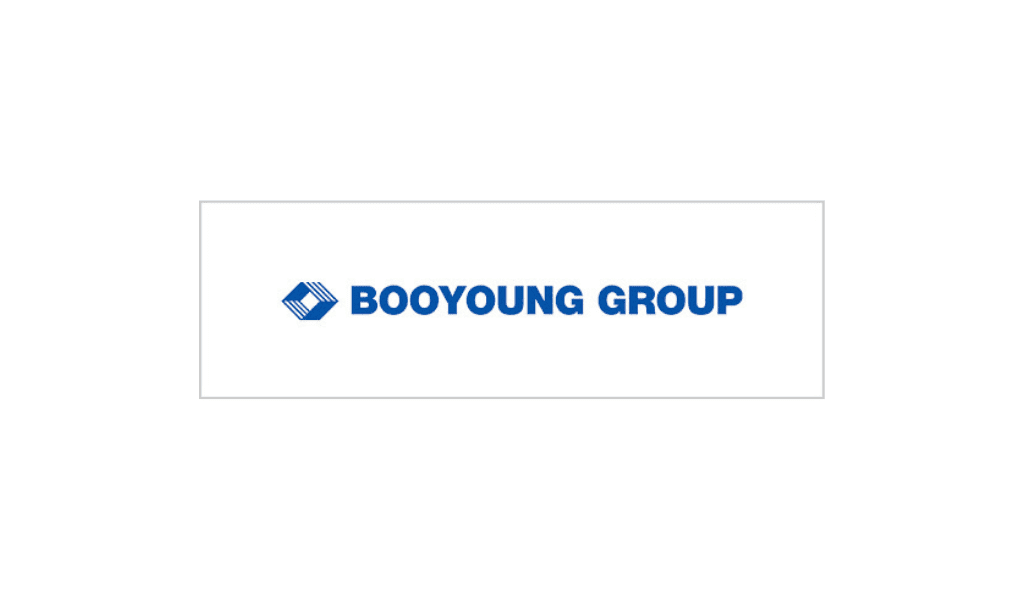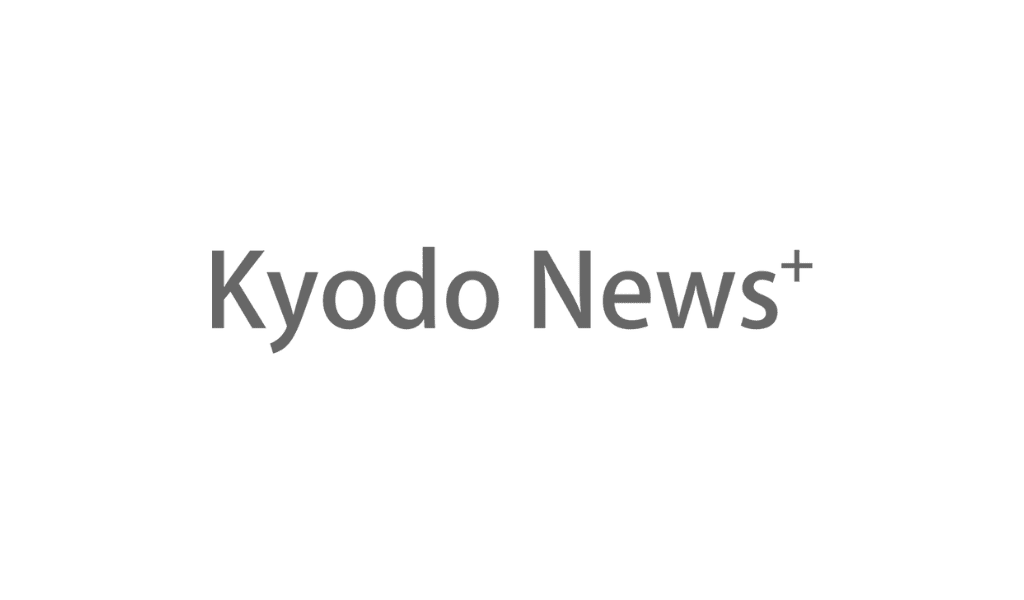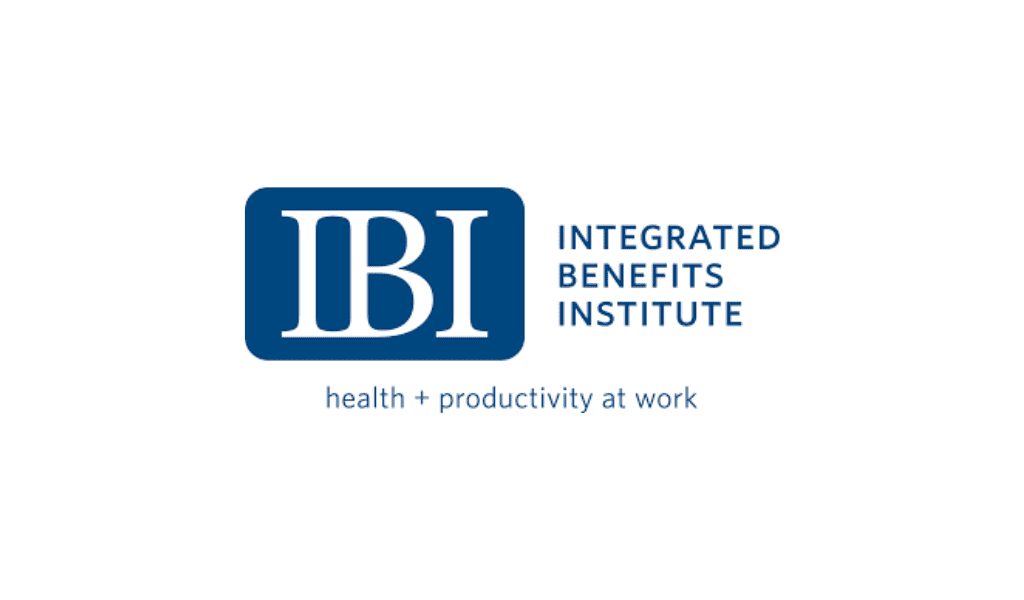Flexibility, data, and personalization are shaping the way organizations deliver employee benefits.
By Chris Bruce
In years past, employee benefits were seen as the status quo elements of HR. Employees and employers alike grew accustomed to the same list of standard benefits -from healthcare to retirement options. However, in recent years, this mentality has shifted as employees have demanded more of the companies they work for -not only in terms of the benefits they receive, but also in how they are able to interact with their benefits packages.
In response to this heightened awareness from today’s workforce, HR professionals have put a renewed focus on benefits schemes when it comes to attraction and retention strategies. A new report from Thomson, Global Employee Benefits Watch, finds a clear disconnect between employees’ demand for personalized benefits and the employers’ ability to deliver those benefits. This reveals a missed opportunity for HR professionals to leverage employee data to drive relevancy. The report uncovers flexibility, data analytics, and personalization as key themes for both employers and employees when it comes to employee benefits that will influence HR in 2017 and beyond.
1. Flexibility will increasingly drive job satisfaction. The traditional 9-to-5 hours are already becoming obsolete in many industries because the schedule doesn’t fit the lifestyles or work flows of today’s employees. According to the Global Employee Benefits Watch report, more than a third (34 percent) of U.S. employees rank a flexible work schedule as the most influential factor among nontraditional benefits. The Society for Human Resource Management’s (SHRM) recent Employee Satisfaction and Engagement report found similar results, noting that more than half of employees feel flexibility is “very important.”
To best reach today’s workers, organizations need to think about flexible options that cater to their workers’ lifestyles. Depending on the make-up of a given employee base, this could mean offering options for employees to work from home more frequently, giving employees further freedom to shape their working hours, or introducing options for sub-40-hour work weeks that still offer benefits -a test program that a number of companies, including Amazon, have piloted in 2016.
Employers can also achieve additional business objectives by implementing flexible work options -namely increased employee productivity. According to a study in the American Journal of Epidemiology, employees who work 55 hours per week perform poorly on some mental tasks compared to those who work 40 hours per week.
2. Data analytics will change the benefits game. The research report found that 45 percent of HR professionals do not use analytics. However, as pressure from the C-suite continues to mount on HR and reward professionals when it comes to ROI, data analytics can provide critical insight to help HR professionals increase efficiency when it comes to controlling cost, improving benefits, and better tailoring options to individual employees.
As the volume of data continues to increase, data security is also becoming a growing concern for HR professionals, with more than half of employees in North America (53. 8 percent) worried about the risk of a data breach in their company, according to the report. This statistic isn’t entirely surprising because many large companies still rely on outdated data storage methods in tracking sensitive employee information such as social security numbers, medical information, addresses, and so on.
Still, HR technology solutions that help companies manage, protect, and interpret their data will rise to the forefront for companies looking to gain a competitive edge. Having the right technology in place to track and analyze employee data will be critical in developing a meaningful, more accessible benefits offering for employees on a global scale.
3. Personalization will become critical to filling the millennial gap. According to the report, more than a third of HR professionals feel current benefits offerings are failing to live up to objectives, and one in four employees surveyed noted that they are dissatisfied with their current benefits packages.
Organizations are struggling to engage employees around their benefits. This disconnect is especially apparent within the millennial workforce -millennials are the most likely among all age groups to feel their benefits are only “somewhat relevant” to their life circumstances (45 percent). The differing priorities of millennial employees compared to older demographics of the workforce means the types of benefits packages that appeal to them are likely to differ greatly from those that appeal to other employee groups.
As the millennial workforce moves up the organizational ranks in the years ahead, personalization will become critical for companies looking to attract and retain talent. By communicating with employees about their preferences and pulling from data insights to craft unique benefits packages that appeal to each employee, companies can take engagement to the next level. Some cutting-edge companies -especially in the technology sector – are already taking this approach. As organizations become more savvy and nimble when it comes to employee benefits offerings, this customized approach will have a huge impact by encouraging employee engagement and driving satisfaction within today’s increasingly diverse workforce.
One thing is clear: The benefits landscape is changing as employees behave more like consumers and demand more personalization in offerings and improved communication from their employers when it comes to benefits. As this demand grows, technology will become a powerful and very necessary part of helping employers pave the way to create customized talent and recruitment strategies.
Chris Bruce is co-founder and managing director of Thomsons Online Benefits.














